 Travel
Travel  Travel
Travel  Creepy
Creepy 10 Haunted Places in Alabama
 History
History Top 10 Tragic Facts about England’s 9 Days Queen
 Food
Food 10 Weird Foods Inspired by Your Favorite Movies
 Religion
Religion 10 Mind-Blowing Claims and Messages Hidden in the Bible Code
 Facts
Facts 10 Things You Never Knew about the History of Gambling
 Weird Stuff
Weird Stuff 10 Cool and Creepy Facts about Collecting Tears
 Humans
Humans The Ten Most Lethal Gunslingers of the Old West
 Misconceptions
Misconceptions 10 Phony Myths and Urban Legends That Just Won’t Die
 History
History 10 Amazing Roman Epitaphs
 Travel
Travel Top 10 Religious Architectural Marvels
 Creepy
Creepy 10 Haunted Places in Alabama
 History
History Top 10 Tragic Facts about England’s 9 Days Queen
Who's Behind Listverse?

Jamie Frater
Head Editor
Jamie founded Listverse due to an insatiable desire to share fascinating, obscure, and bizarre facts. He has been a guest speaker on numerous national radio and television stations and is a five time published author.
More About Us Food
Food 10 Weird Foods Inspired by Your Favorite Movies
 Religion
Religion 10 Mind-Blowing Claims and Messages Hidden in the Bible Code
 Facts
Facts 10 Things You Never Knew about the History of Gambling
 Weird Stuff
Weird Stuff 10 Cool and Creepy Facts about Collecting Tears
 Humans
Humans The Ten Most Lethal Gunslingers of the Old West
 Misconceptions
Misconceptions 10 Phony Myths and Urban Legends That Just Won’t Die
 History
History 10 Amazing Roman Epitaphs
10 Fascinating Facts About Living In Space
Living in space is the ultimate science fiction dream. It’s also a dream that many brave men and women have been able to realize, thanks to the many shuttle and space station missions of various space agencies.
However, it’s easy to forget that the time they spend in space is not all spacewalks and scientific experiments. During their missions, astronauts have to adjust to a very (very) different way of life.
10Monstrous Microbes
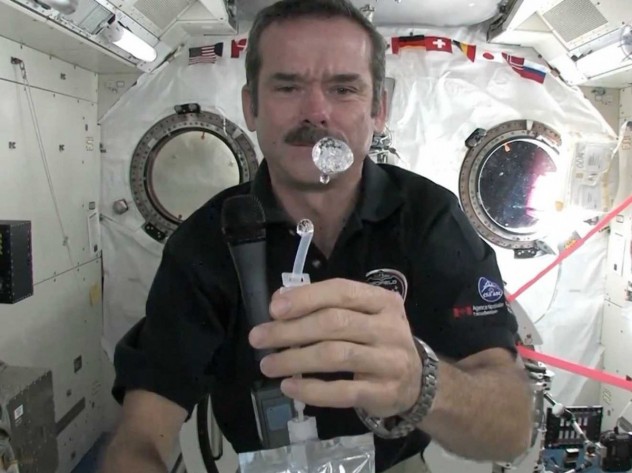
“Sick” houses are buildings that are suffering from a massive mold problem, therefore presenting a health risk to their denizens. They’re not pleasing to live in, but at least the resident can always move into a new place or step outside to breathe some fresh air.
“Sick” spaceships and space stations do not have this option.
Mold, microbes, bacteria, and fungi are a serious problem in space. Sufficiently large growths can damage delicate equipment and cause health hazards, and no matter how well the shuttles are disinfected before they leave the atmosphere, these little critters always find a way to tag along.
Once in space, the microbes stop acting like ordinary mold and become something straight out of a video game. They develop in moisture, which eventually condenses into hidden free-floating globules of microbe-infested water. These floating water concentrations can be the size of a basketball, and they are so full of dangerous microbes they can even degrade stainless steel. This makes them a terrible danger for the crew and the space station itself, if proper safety measures are not enforced.
9 Space Adaptation Syndrome
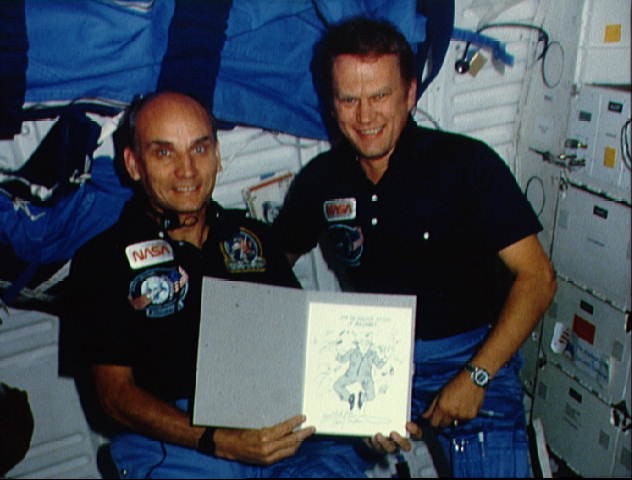 Space Adaptation Syndrome is essentially 2-3 days of horrible sickness that starts the when gravity disappears. It is experienced by up to 80 percent of all space-goers.
Space Adaptation Syndrome is essentially 2-3 days of horrible sickness that starts the when gravity disappears. It is experienced by up to 80 percent of all space-goers.
Since the body does not weigh anything in microgravity, the brain gets confused. Our spatial orientation (the way our eyes and brain can tell where everything is) usually relies on gravity. When it’s gone, our brain can’t make sense of the situation, and the changes that are suddenly happening in the body only add to the confusion. The brain deals with this by making the person terribly sick, in a manner not unlike motion sickness (which is why the condition is also known as Space Motion Sickness). Symptoms can include everything from nausea and mild discomfort to uncontrollable vomiting and hallucinations. While ordinary travel sickness medication can help, it is generally not used because it’s better to adjust naturally.
Senator Jake Garn, a former astronaut, holds the record for the worst case of Space Adaptation Syndrome in history. It’s unclear how sick he actually was, but his crewmate has tellingly remarked that “we shouldn’t tell stories like that.” In his honor, the Astronaut Corps still uses an unofficial “Garn Scale,” where one Garn means a state of total sickness and absolute incompetence. Luckily, most people will never get above 0.1 Garn.
8 Sleeping Issues
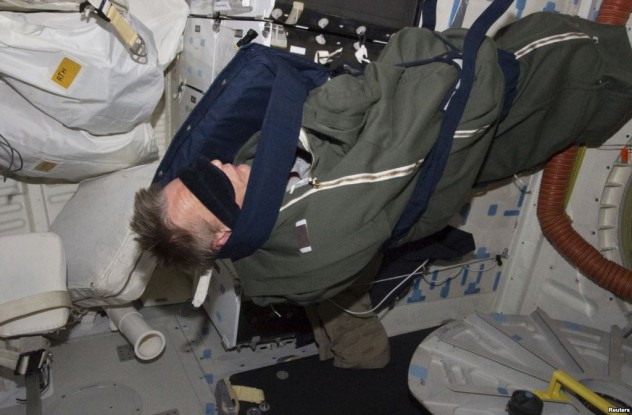
It’s easy to imagine that sleeping in the quiet dark of space would be pretty simple. In reality, it’s a fairly tricky business. The sleeper must strap himself to a bunk in order to avoid floating around and bumping into things. A space shuttle has only four bunks, so in missions with more people, some astronauts must use a sleeping bag strapped to a wall, or even just a chair. Once they reach a space station, things get slightly more comfortable: there are two one-person crew cabins, complete with large windows for space gazing.
Living in space (at least the tiny part that humans have visited) can also cause massive disruptions in sleeping patterns. The International Space Station is positioned in a way such that it experiences a “sunrise” and “sunset” about 16 times per day. This 90-minute “day” takes a long time to adjust to.
Another, equally large problem is that the insides of space shuttles and stations are actually full of sound. Filters, fans and engines constantly whirr and buzz all around you. Until the astronauts get used to the noise, even earplugs and sleeping pills are sometimes not enough to cancel it.
On the positive side, the quality of sleep you get in space may be a lot better than on Earth. Sleeping in a weightless state has been found to reduce sleep apnea and snoring, which leads to a much more peaceful slumber.
7 Personal Grooming Problems
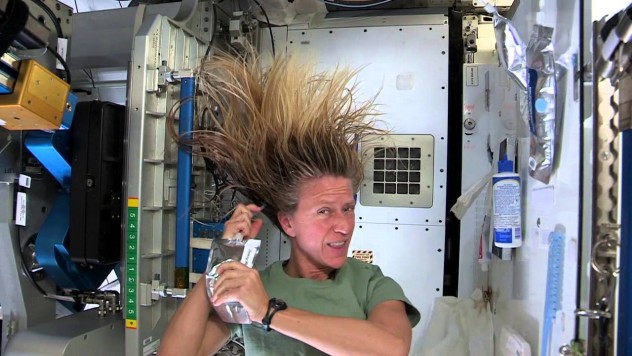
When we imagine heroic spacemen on their missions, hygiene may not be the first thing on our minds. Still, imagine a bunch of people living in an enclosed space for an extended period of time, and it’s easy to see why astronauts must take their personal hygiene seriously.
Showers are obviously not an option in a weightless environment. Even if you had enough water on board, the water from the showerhead would just stick to your body or float around in tiny globules. That’s why every astronaut has a special hygiene kit (comb, toothbrush, and other grooming items) that can be attached to lockers, walls, and other fixtures. The astronauts wash their hair with a special rinse-free shampoo, originally developed for immobile hospital patients. They wash their bodies with sponges. Only shaving and teeth-brushing are performed in the same way as they are on Earth . . . except for the fact that they have to be extremely careful. If even one loose hair escapes, it could drift into the eye of a fellow astronaut (or even worse, clog an important part of machinery) and cause some serious danger.
6 The Toilet
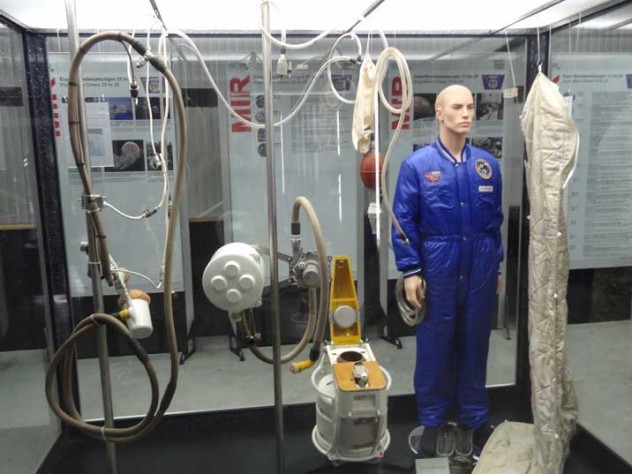
The most common question for people who have been to space is, surprisingly, not “How did the earth look?” or “What did zero gravity feel like?” Instead, it’s “How did you go to the toilet?”
It is a good question, and space agencies have spent countless hours trying to streamline the process as much as possible. The first space toilets operated with a simple air mechanism: air sucked the excrement into a container. There was also a special vacuum tube for urination. Some early shuttles also employed a more direct version called a “relief tube.” As shown in the movie Apollo 13, the urine from this tube was emptied directly into space.
One of the most important systems of the toilet was the air filtering system. The air that carried the excrement was the same air needed to breathe, so a malfunction in the filters could make the cabin a very uncomfortable place. Over time, the designs got more diverse. As women entered the space game, a special urination system with an oval “collector” was created for them. Rotating fans, storage methods, and waste management systems were added and improved upon. These days, some space toilets are so sophisticated that they can even recycle the urine back into potable water.
Want a fun fact to embarrass your astronaut friend? The people going into space need to practice using a space toilet with a very special device called the “positional trainer.” It’s a training toilet with a video camera beneath its rim. The astronaut has to sit on it properly . . . while watching their own naked behind from a monitor. This is known as one of the “deepest, darkest secrets about space flight.”
5 Clothing
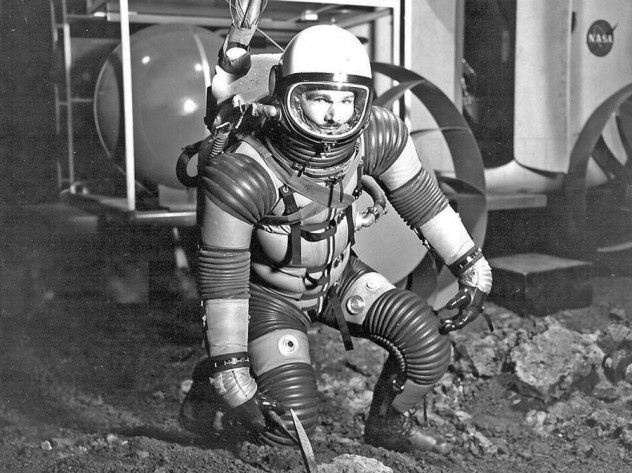
The most famous piece of space clothing is obviously the space suit. These come in many sizes, colors, and shapes, from Yuri Gagarin’s primitive SK-1 overall to NASA’s bulky AX-5 hardshell. The average space suit weighs about 270 pounds (in normal gravity) and requires 45 minutes to get into. It is so cumbersome that astronauts must use the special Lower Torso Assembly Donning Handles to put the lower part of the suit on.
However, there are many other things about space-wear that are worth attention. Life in space requires a much smaller wardrobe than on Earth. After all, how would a person get dirty? You rarely go outside (and if you do, there’s a special suit for that), and the interiors of the shuttle or station are totally clean. You also sweat a lot less, as there is very little physical strain in zero gravity. Space crews usually change clothes every three days.
Clothing has also played a large part in NASA’s struggle to deal with human waste. The original plan was to install toilet facilities directly into space suits. When this proved impossible, the agency created a special “Maximum Absorbency Garment” to serve as a spaceman’s emergency bathroom. They’re essentially high-tech shorts that can hold up to about two liters (one quart) of liquid.
4 Atrophy
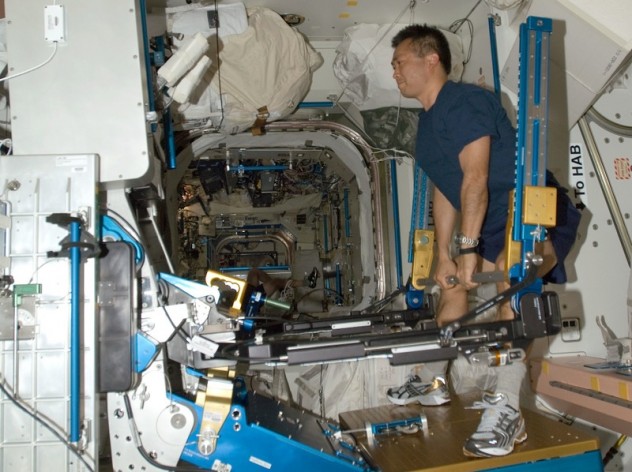
Although the body’s proportions become cartoonishly Superman-like in space, microgravity does not make us stronger. In fact, it’s the opposite. On Earth, we constantly use our muscles: not only to lift things and move around, but simply to fight gravity. In space, the lack of muscular activity in a weightless environment soon leads to muscular atrophy (the muscles begin to get smaller and weaker). With time, even the spine and bones get weaker because they don’t need to support weight.
To combat this degeneration and maintain their muscle mass, a space dweller needs to exercise an awful lot. For instance, the crew of the ISS (International Space Station) is required to work out in a special space gym for 2.5 hours every day.
3 Flatulence
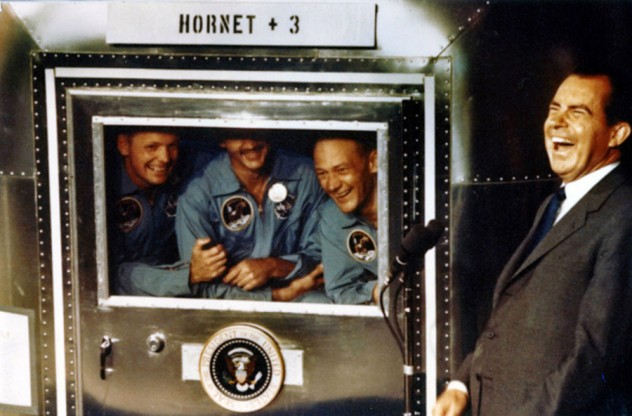
Flatulence can be very unpleasant and embarrassing. When you’re in space, it can become an actual health hazard. At least, that’s what NASA thought in 1969, when they produced a study called “Intestinal hydrogen and methane of men fed space diet.” This might seem amusing, but the concern was very real and legitimate. Flatulence has a lot more in it than just a bad smell. It produces significant amounts of methane and hydrogen, both of which are flammable gases. The second part of the problem is that space food is very different from a normal Earthling’s diet. The food that early astronauts were fed was found to cause serious gas. Their rampant flatulence was thought to be a very real explosion risk, so some poor scientists had to analyze their gases in order to create a less gaseous diet.
These days, flatulence is not treated as a massive, life-threatening risk. Still, it’s good to pay attention to what you eat in the enclosed environment of a spaceship. No one likes the guy who passes wind in an elevator for months on end.
2 Space Can Ruin The Brain

Astronauts are generally very resistant to psychological pressure—after all, space agencies run psychological tests to make sure people can withstand the stress and won’t go mad during a mission. But living in space can still be dangerous to the brain. In fact, space itself can cause serious problems to people who live there for an extended amount of time. The problem is cosmic radiation: the background radiation of the universe that essentially makes space an extremely low-intensity microwave oven. The earth’s atmosphere protects us from cosmic radiation, but once you’re outside it there is no effective protection. The longer a person spends in space, the more his or her brain is affected by the radiation. Among other things, this may accelerate the onset of Alzheimer’s disease.
So when humanity eventually sets out to conquer Mars and other planets, the trip might well cause irreparable damage to our brains.
1Physical Changes
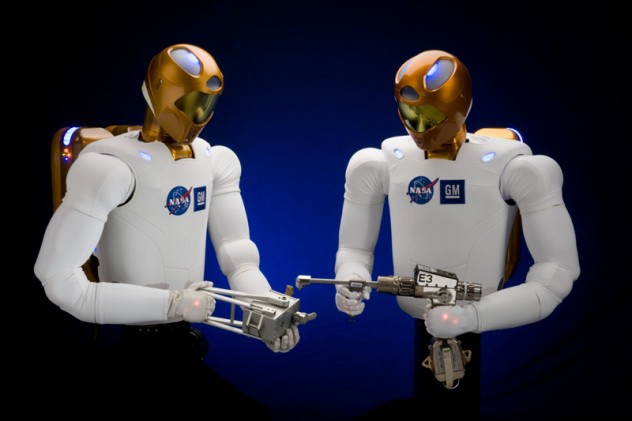
The human body starts to behave very strangely in the microgravity of space. The spine, free from Earth’s constant pull, immediately starts to straighten out. This can add up to 5.72 centimeters (2.25 in) to the person’s height. The internal organs shift upward inside the torso, which decreases the waist measurement by several inches. The cardiovascular system alters the person’s appearance even further. Once gravity is removed, the powerful leg muscles (that push the blood up against gravity) start forcing blood and fluids in the upper body. This new, even fluid distribution buffs up the torso considerably, while making the leg girth considerably smaller. NASA jokingly calls this phenomenon “chicken legs.”
Essentially, a normal human being turns into a cartoon strongman with tiny stick legs, small waist and a disproportionately large upper body. Even the facial features turn cartoonish, as the blood flow in the upper body will give the person a puffy, swollen face.
All of this may sound disturbing, but it is actually fairly harmless.
Pauli Poisuo also writes for Cracked.com. You can follow him on Twitter or contact him here.








